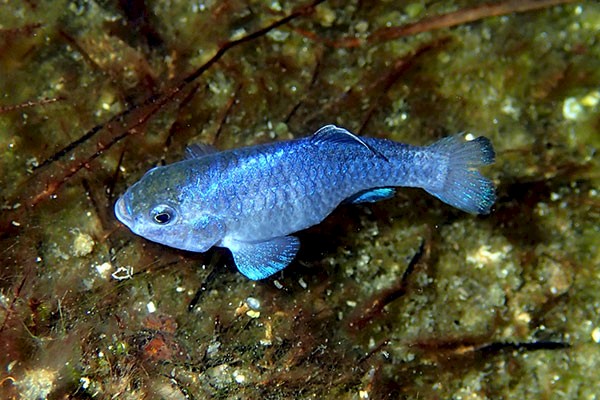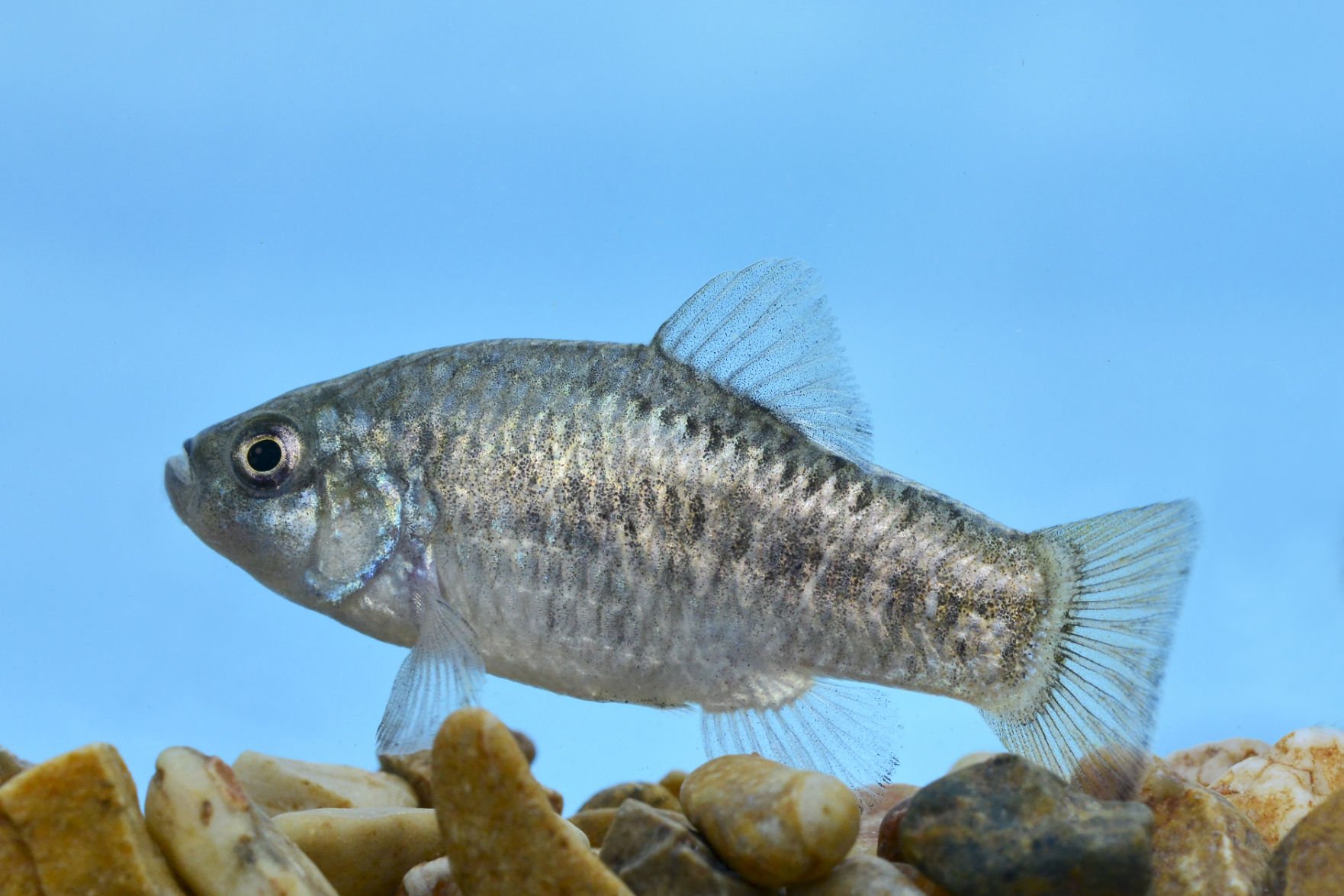

Because of these detrimental effects, it is now generally considered an unwelcome introduction into North American waters (Dill and Cordone 1997, Fuller et al. Blue tilapia has been particularly successful in establishing and spreading in North American waters where it has been reported to change fish community structure and cause native fish decline (Courtenay and Robins 1973, Fuller et al.

1999), has been introduced around the world as a human food source, for vegetation control, and as a game fish (Costa-Pierce and Riedel 2000). Nielsen, M.B.īlue tilapia ( Oreochromis aureus), native to North Africa and the Middle East (Courtenay and Robins 1973, Fuller et al. īlue tilapia ( Oreochromis aureus) predation on fishes in the Muddy River system, Clark County, Nevada

Fish were fed at a restricted feeding program according to standard table during the light. Fry of Nile tilapia and red tilapia imported from Indonesia and after passing larviculture (25g) were examined separately in fiber glass tank by two replicate. Hosseinzadeh Sahafi, H.Īn experiment was conducted to evaluate the possibility of adaptation, growth and survival of Nile tilapia ( Oreochromis niloticus) with 0.3g initial weight and red tilapia ( Oreochromis sp.) with 0.7g initial weight in underground brackish water. Application of genetically modified breeding by introducing foreign DNA into fish gonads.Īdaptation, growth and survival of tilapia ( Oreochromis niloticus) in Bafgh brackish water Production of salinity tolerant Nile tilapia, Oreochromis niloticus through traditional and modern breeding methods: II. Production of salinity tolerant Nile tilapia, Oreochromis niloticus. The emergence of this virus in many countries has helped increase awareness that it is a potential threat to tilapia aquacultured in Thailand, Asia, and worldwide. Our results fulfilled Koch's postulates and confirmed that TiLV is an etiologic agent of mass mortality of tilapia in Thailand. The distinct histopathology of challenged fish included massive degeneration and inflammatory cell infiltration in the liver and brain as well as the presence of eosinophilic intracytoplasmic inclusions in hepatocytes and splenic cells. The virus was re-isolated from challenged fish tissues in the permissive cell line, and PCR analysis confirmed TiLV as a causative pathogen. In vivo challenge studies showed that high mortality in Nile (86%) and red tilapia (66%) occurred within 4-12days post-infection. Electron micrographs of infected E-11 cells and fish tissues confirmed the rounded, enveloped virions of 60 to 80nm with characteristics very similar to those of Orthomyxoviridae. In this study, TiLV was isolated from field samples and propagated in the permissive E-11 cell line, with cytopathic effect (CPE) development within 3-5days post-inoculation. Since 2015, a novel orthomyxo-like virus, tilapia lake virus (TiLV) has been associated with outbreaks of disease and massive mortality of cultured Nile and red tilapia ( Oreochromis niloticus and Oreochromis spp., respectively) in Thailand. Tattiyapong, Puntanat Dachavichitlead, Worawan Surachetpong, Win This process is experimental and the keywords may be updated as the learning algorithm improves.Experimental infection of Tilapia Lake Virus (TiLV) in Nile tilapia ( Oreochromis niloticus) and red tilapia ( Oreochromis spp.). These keywords were added by machine and not by the authors. This chapter discusses the factors that affect the growth of fishes and explores the methods that are used to predict growth. Growth and reproduction are complementary processes but both depend on the limited resources of energy and nutrients made available by the foraging behaviour of the fish. The process of natural selection will lead to the evolution of patterns of growth that tend to maximize the lifetime production of offspring. Growth constructs the framework and metabolic machinery necessary to synthesize and to protect the gametes until their release. This tissue may be either retained within the body as growth, including any storage products, or disseminated as gametes. If its rate of food consumption is sufficiently high, a fish can, in addition to meeting the energy costs of maintenance, synthesize new tissue.


 0 kommentar(er)
0 kommentar(er)
